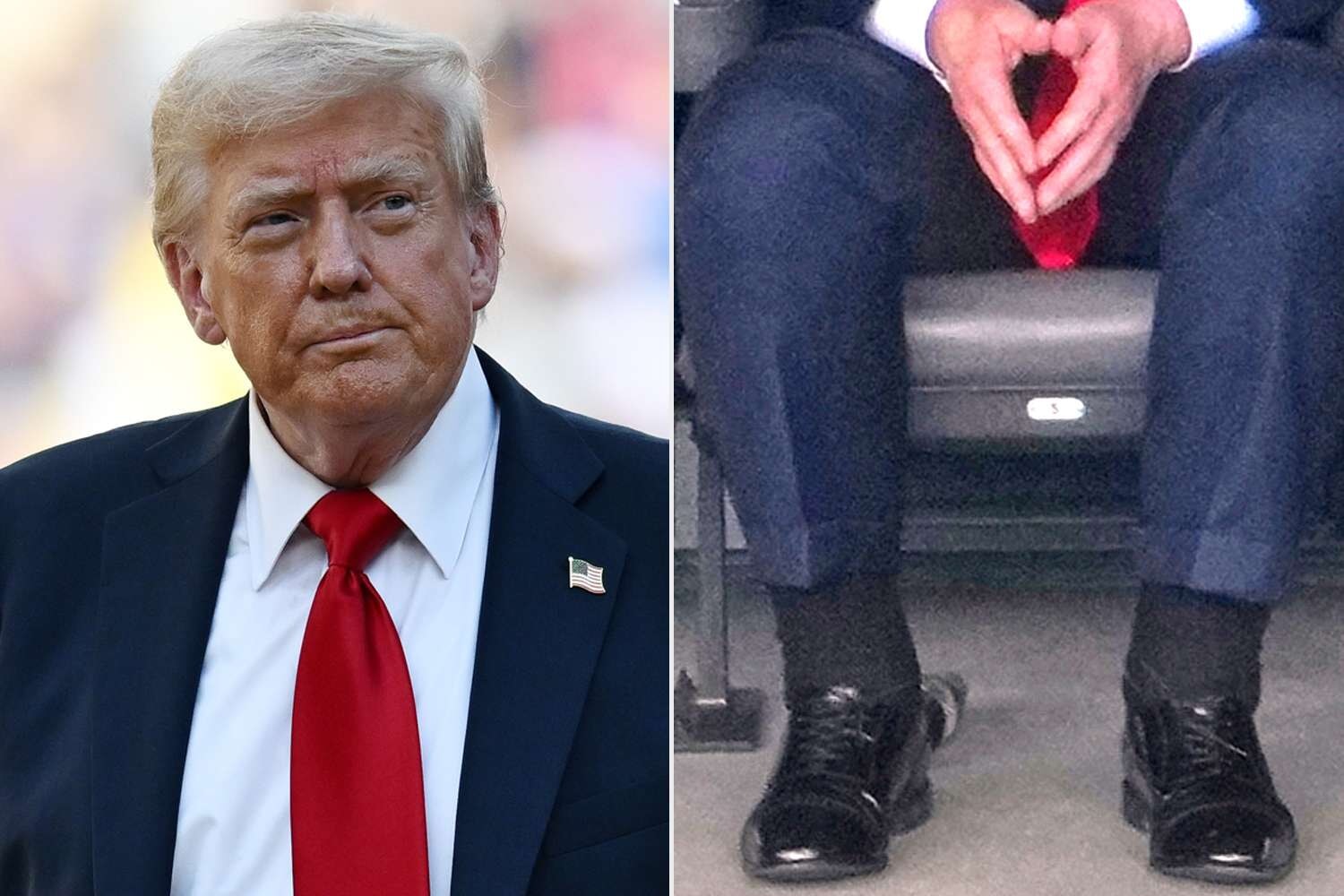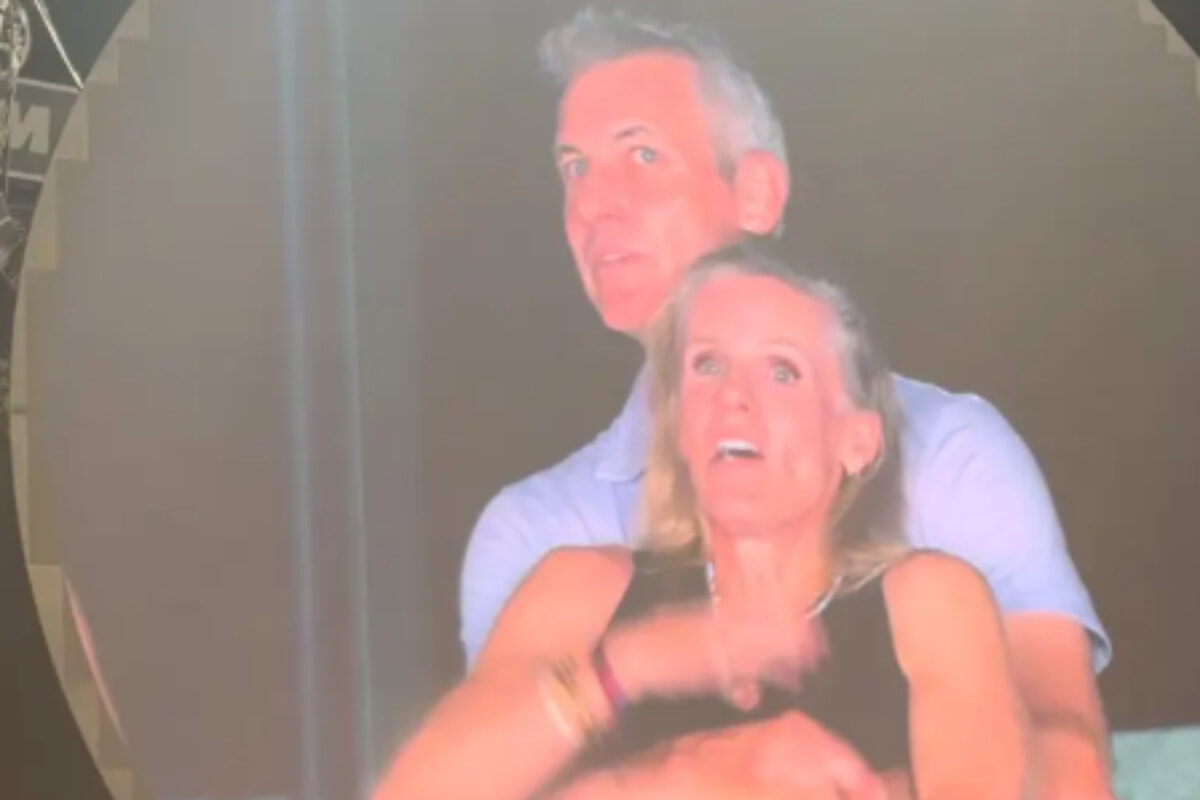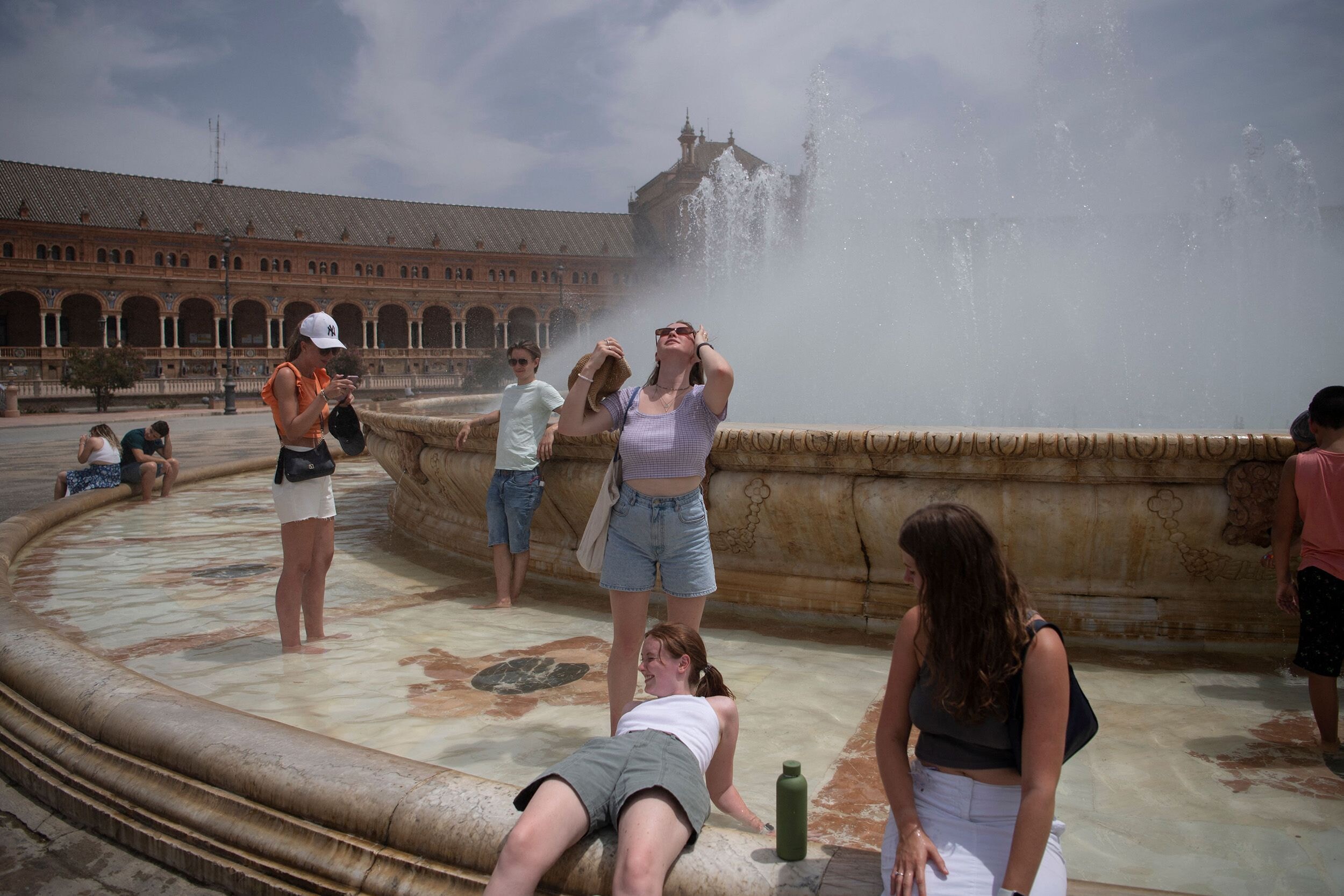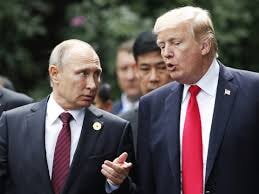
Trump Gives Vladimir Putin a 50-Day Ultimatum to End the War in Ukraine
Will he bite?
Published July 16, 2025
Advertisement
Advertisement
1. The Gathering Storm: Three Years of Conflict
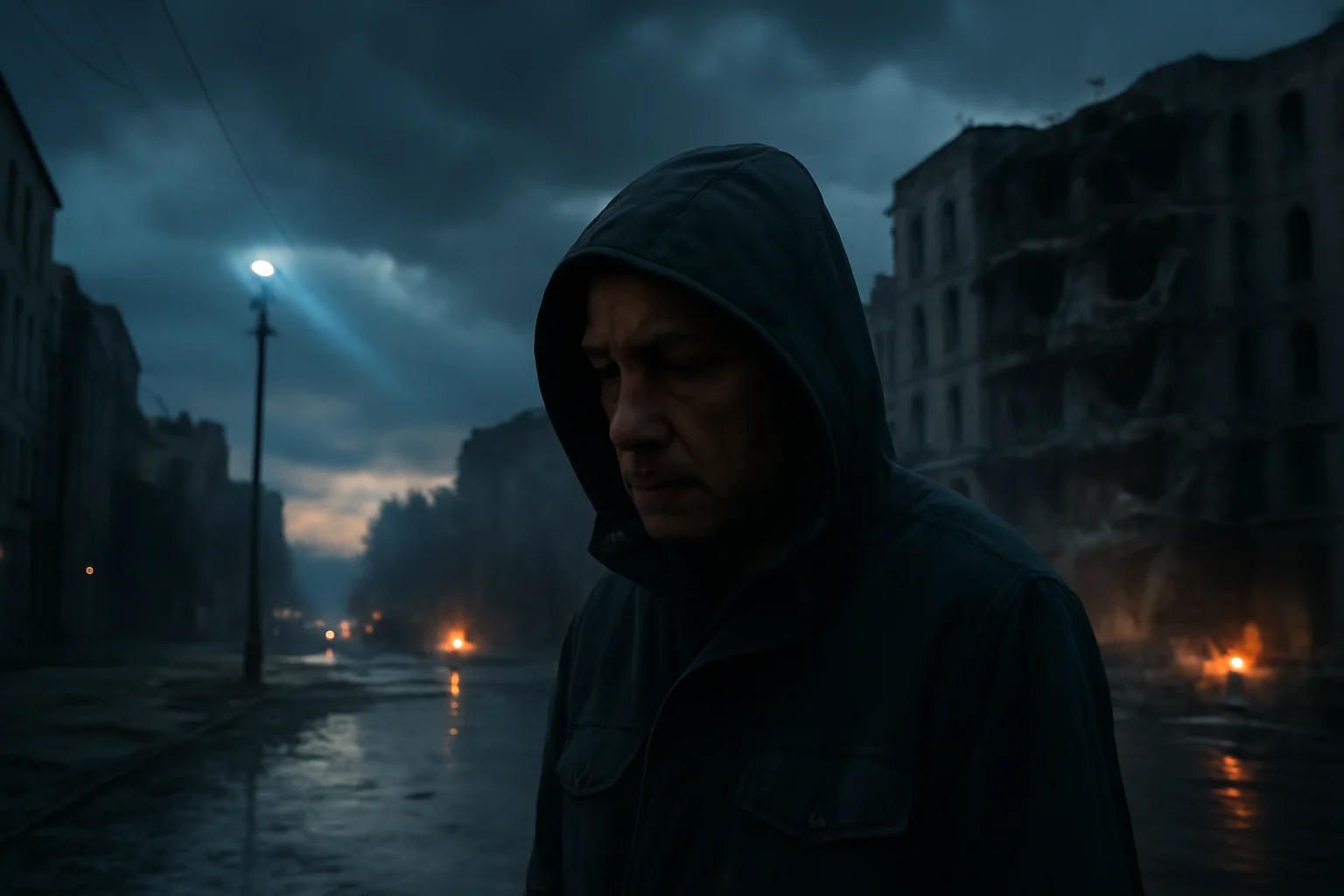
The war in Ukraine has entered its third punishing year, casting a relentless shadow over daily life from the battered streets of Kyiv to the shell-scarred fields of the eastern front. Every night, the city’s weary residents brace for the howl of air raid sirens and the heavy thud of missiles, with many describing their lives as a chain of “long nights” interrupted only by the brief hope of quiet dawns. Russia’s campaign has grown ever more ferocious, launching a summer offensive aimed at shattering Ukrainian defenses along a thousand-kilometer front. The emotional and physical toll is inescapable—families mourn the dead, homes are shattered, and survivors trade exhaustion for determination in a country that refuses to yield. Civilian casualties mount with grim regularity; over 230 people were killed in a single recent month, according to UN monitors, the highest toll since the war’s early days. Amidst this turmoil, President Volodymyr Zelenskyy calls for unity and resilience, even as his people question whether international promises will materialize into real help. Ukrainian voices in Kyiv express both gratitude and deep skepticism about new Western pledges—especially from the U.S.—tempered by memories of promises that faded under pressure. As Russia’s drones and missiles tear through hospitals, schools, and neighborhoods, the streets fill with the wounded and the displaced. The resolve of Ukrainians hardens with every attack, but hope for an end grows more desperate as the siege drags on. Yet, through the haze of war, the demand for answers—when will this end, and who will help bring peace—has never sounded more urgent. For many, each day brings not just another struggle for survival, but a reckoning with the world’s shifting allegiances.
Advertisement
2. Behind the Curtain
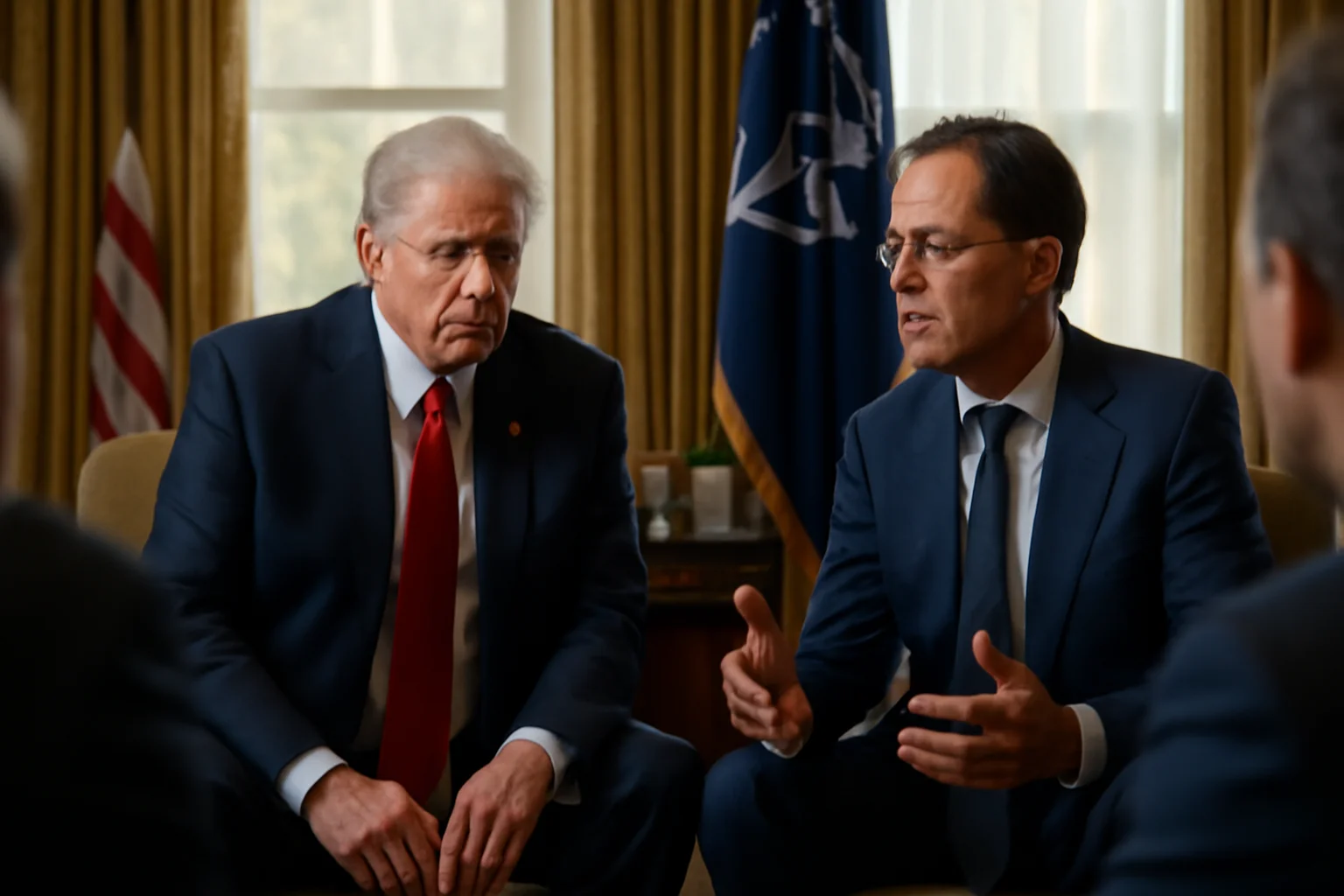
As Russian advances accelerate, Western capitals are locked in debate over how best to respond, with the U.S. at the center of a new, high-stakes gamble. President Donald Trump, once wary of direct involvement, has pivoted, unveiling a dramatic policy shift that could reshape the battlefield. At a tense Oval Office meeting with NATO Secretary General Mark Rutte, Trump announced the U.S. would sell billions in weapons to European allies, who would then rush them to Ukraine’s defense. NATO leaders—many facing restive domestic audiences—quickly joined the chorus, promising to pay for Patriot missiles and other critical air defense systems. This policy—hailed as “really big” by Rutte—comes as Ukrainian cities face their heaviest bombardment since the war began, with battered defenders in desperate need of fresh arms. Yet, the complexity of transatlantic politics lingers; Germany, Denmark, Norway, and Britain are ready to bankroll the effort, but details about delivery and timing remain frustratingly vague. For Ukraine, these new promises bring hope, but also uncertainty: will more advanced missiles truly shift the course of the war, or will bureaucratic inertia blunt their impact? European officials, while relieved to see renewed American resolve, privately question whether this change comes too late to stem the tide of Russian assaults. The timeline for getting these weapons into Ukrainian hands is as crucial as the equipment itself, as each week lost means more lives destroyed. As NATO moves to fortify Ukraine, some allies fear that unity may fray under pressure, especially as Russia’s energy exports remain vital to several EU economies. With every diplomatic maneuver, the stakes escalate—not just for Ukraine, but for the future of the Western alliance.
Advertisement
3. The Ultimatum: Trump’s 50-Days

Trump’s pivot to arms deals was paired with a blunt ultimatum that has reverberated through capitals from Washington to Moscow: Russia has 50 days to reach a peace deal, or it will face “very severe” new tariffs and sanctions. The president’s tone, a blend of frustration and finality, reflects months of private phone calls with Vladimir Putin that led only to new waves of missiles raining down on Ukrainian cities. Trump’s warning includes the threat of 100% “secondary tariffs” targeting any country trading with Russia—especially oil buyers like China and India—designed to choke Moscow’s ability to fund its war machine. Some in Washington and Brussels see this as a seismic escalation, a move that could upend global energy markets and rattle fragile alliances. Yet, the 50-day window is drawing scrutiny: to Ukrainians and their supporters, it is an agonizing delay, one in which many fear hundreds more will die as the world waits for Russia to blink. Trump’s defenders, like Senators Lindsey Graham and Richard Blumenthal, praise the strategy as overdue, calling it a “powerful ultimatum” that finally puts meaningful pressure on Putin. But in Kyiv and across Europe, the looming deadline lands with a sense of both relief and dread—will Moscow capitulate, or will it simply use the time to regroup and intensify its attacks? Mayors, lawmakers, and ordinary citizens in Ukraine question why Putin is being given a reprieve, warning that the delay could cost countless more lives. Within NATO, some praise Trump’s strong stance but worry the tactic lacks teeth without immediate action to back it up. Critics argue that the move is “bittersweet”—a show of force, yes, but one that still leaves Ukraine vulnerable on the front lines. The world now watches as the clock ticks, unsure if this ultimatum will spark a breakthrough or merely prolong the agony.
Advertisement
4. Kremlin Calculations: Moscow Shrugs, Kyiv Waits

The Kremlin’s response to Trump’s challenge is a study in practiced defiance. Russian officials publicly dismiss the ultimatum as a “theatrical” gesture, with Deputy Foreign Minister Sergei Ryabkov insisting that “ultimatums are unacceptable.” Dmitry Medvedev, a close Putin ally, mocks Western anxiety, declaring “Russia didn’t care,” while other senior figures stress that Moscow remains open to talks—but only on its own terms. Despite Trump’s threats, state media downplay the risk, choosing instead to highlight fresh U.S. arms deliveries as a sign the West seeks to prolong the war. President Putin himself remains silent, leaving his spokespeople to parse American intentions and warn that Washington’s moves are signals not for peace, but for more fighting. Russian lawmakers, meanwhile, accuse Trump of “maneuvering” rather than showing true resolve, hinting that he may be leaving himself an exit strategy if pressure fails to yield results. Yet, within the Kremlin, some quietly acknowledge that the Western resolve could change calculations if the promised arms shipments are as significant as advertised. On Russian television, Trump’s announcement is analyzed not as a threat but as a burden for Europe, which must now foot the bill for a new round of weaponry. The delay in sanctions is seen in Moscow as a welcome reprieve, giving Russia time to adjust and potentially gain more ground. As the rhetoric intensifies, both sides continue to prepare for the possibility of an even broader confrontation. For Ukrainians, Kremlin bravado only deepens a sense of abandonment, while the world wonders what, if anything, will force Russia’s hand.
Advertisement
5. The Summer Offensive: Death and Drones
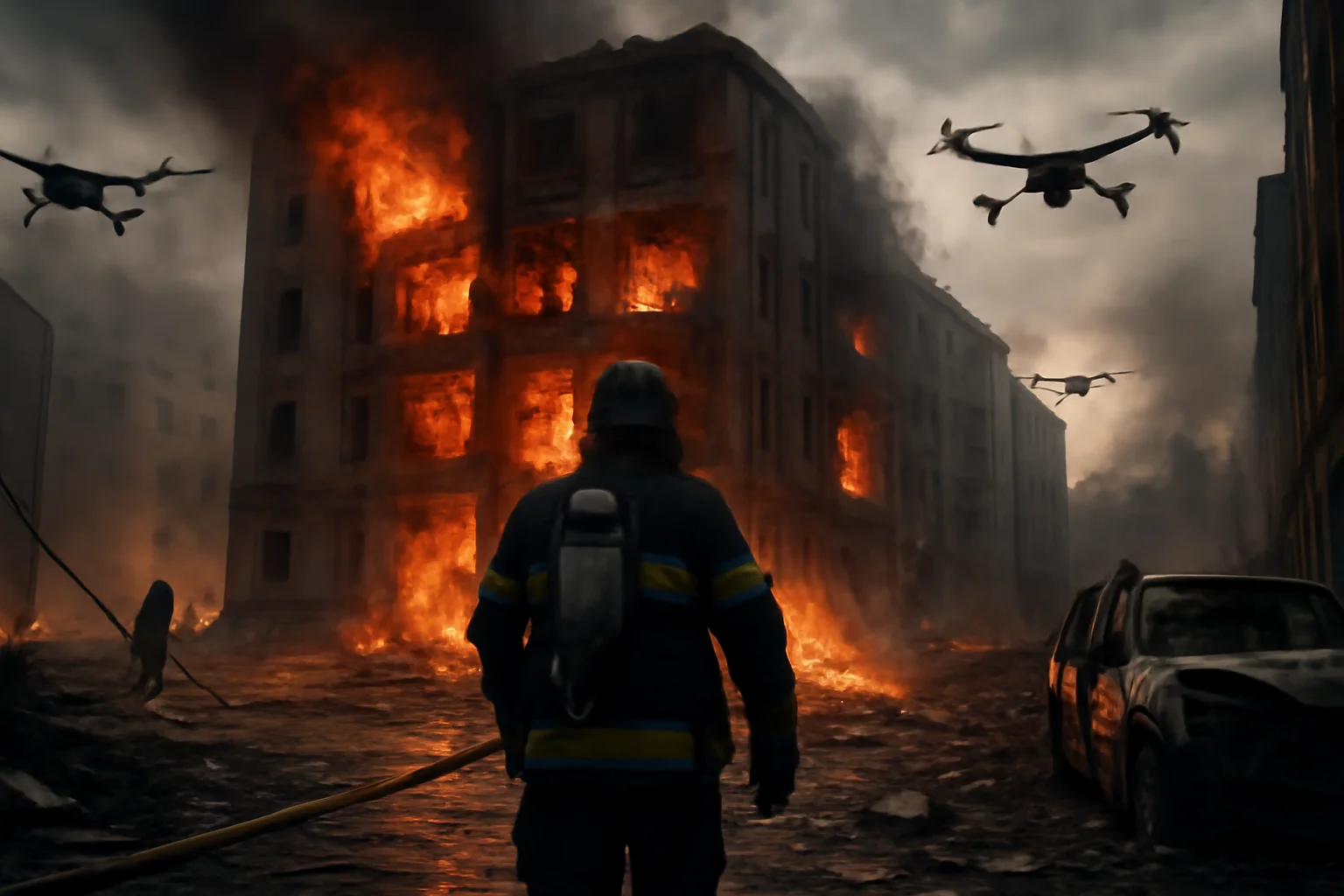
Even as diplomats wrangle, the war’s brutal logic plays out on the ground, with Russia intensifying its assault along multiple fronts. Missiles and drones pound Ukrainian cities and towns with increasing frequency, targeting not just military sites but schools, hospitals, and apartment blocks. In Kharkiv, Dnipro, Zaporizhzhia, and the Sumy region, casualties mount: women, children, university staff, and first responders all fall victim to the relentless barrages. Entire neighborhoods are leveled in moments, while firefighters and medics risk their lives to pull survivors from the rubble. In Dnipro, drone debris shreds homes and a school; in Sumy, a city hospital is set ablaze by Russian missiles; in Kharkiv, a 57-year-old woman is killed as shelling engulfs residential districts. Reports from regional authorities paint a grim picture: a growing list of the wounded, from teenagers to the elderly, as new waves of attacks sweep across Ukraine’s east and northeast. Ukraine’s defenders struggle to hold ground, with analysts warning that their depleted forces face an enemy emboldened by the lack of immediate Western intervention. Russia claims fresh territorial gains, capturing villages in Donetsk and Zaporizhzhia and driving deeper into contested regions. Despite this, Ukrainian officials insist their lines are not near collapse, even as the pressure on soldiers and civilians grows with each passing day. The air is thick with fear and exhaustion, but also with a stubborn refusal to yield—every missile strike only strengthening the resolve of those left to fight. Against this backdrop, the promise of advanced Western air defenses, especially Patriot missiles, becomes more than a policy debate—it is a lifeline.
Advertisement
6. Leadership in Crisis

While the fighting rages, political turbulence grips Kyiv, as President Zelenskyy calls for sweeping changes in his government to better meet the escalating threat. He proposes economy minister Yulia Svyrydenko as the new prime minister and signals a shake-up in Ukraine’s defense leadership, seeking new energy to match the war’s evolving demands. These moves reflect not just the urgency of the moment, but a deep frustration with the pace and nature of international support. Zelenskyy’s team is locked in near-daily coordination with American and European leaders, seeking to streamline weapons deliveries and rally more financial backing. In frequent calls with Trump and NATO Secretary General Rutte, Zelenskyy urges faster action and more frequent communication, emphasizing the stakes for every family in Ukraine. For Ukraine’s military, the leadership changes represent both hope and risk, as commanders must quickly adapt to new strategies while maintaining morale in the trenches. Meanwhile, the parliament braces for fierce debates over how to sustain the war effort amid mounting casualties and shattered infrastructure. The government’s challenge is not only to defend territory, but to sustain the trust of a weary, traumatized population. Across the political spectrum, officials warn that the next phase of the war will test Ukraine’s unity as never before. Opposition voices raise concerns about corruption, inefficiency, and the dangers of placing too much faith in foreign promises. As the war drags on, the resilience of Ukraine’s democracy is as much on the line as its territorial integrity.
Advertisement
7. European Dilemmas

In Brussels and beyond, European leaders weigh the cost of Trump’s new approach, caught between support for Ukraine and fears of economic blowback. The proposed secondary sanctions on Russia threaten to ripple through global markets, with energy-dependent countries like Hungary and Slovakia bracing for pain. Germany, a key player in the new weapons pact, also worries about the fallout for its industries and fragile economic recovery. EU foreign policy chief Kaja Kallas voices both hope and skepticism, applauding American resolve but lamenting the 50-day delay as “a very long time” given the daily toll of the war. European unity, never guaranteed, faces new strains as leaders debate whether to press for more aggressive measures or hold out for diplomatic progress. Some governments urge caution, fearing that a sanctions war could backfire, driving up prices and stoking domestic unrest. Others see the moment as a chance to finally confront Russia’s aggression, with the hope that economic pain might compel Moscow to negotiate. Beijing, meanwhile, denounces Western “coercion,” signaling a new phase of great power rivalry that complicates the West’s plans. The debate over whether to provide more offensive weapons, including long-range missiles and fighter jets, exposes further divisions within NATO. All the while, European publics watch the conflict with a mix of horror and helplessness, unsure whether their leaders’ choices will hasten peace or deepen the chaos. As autumn approaches, the continent faces a reckoning: can it maintain solidarity with Ukraine, or will cracks begin to show under mounting pressure?
Advertisement
8. Stories from the Front Lines
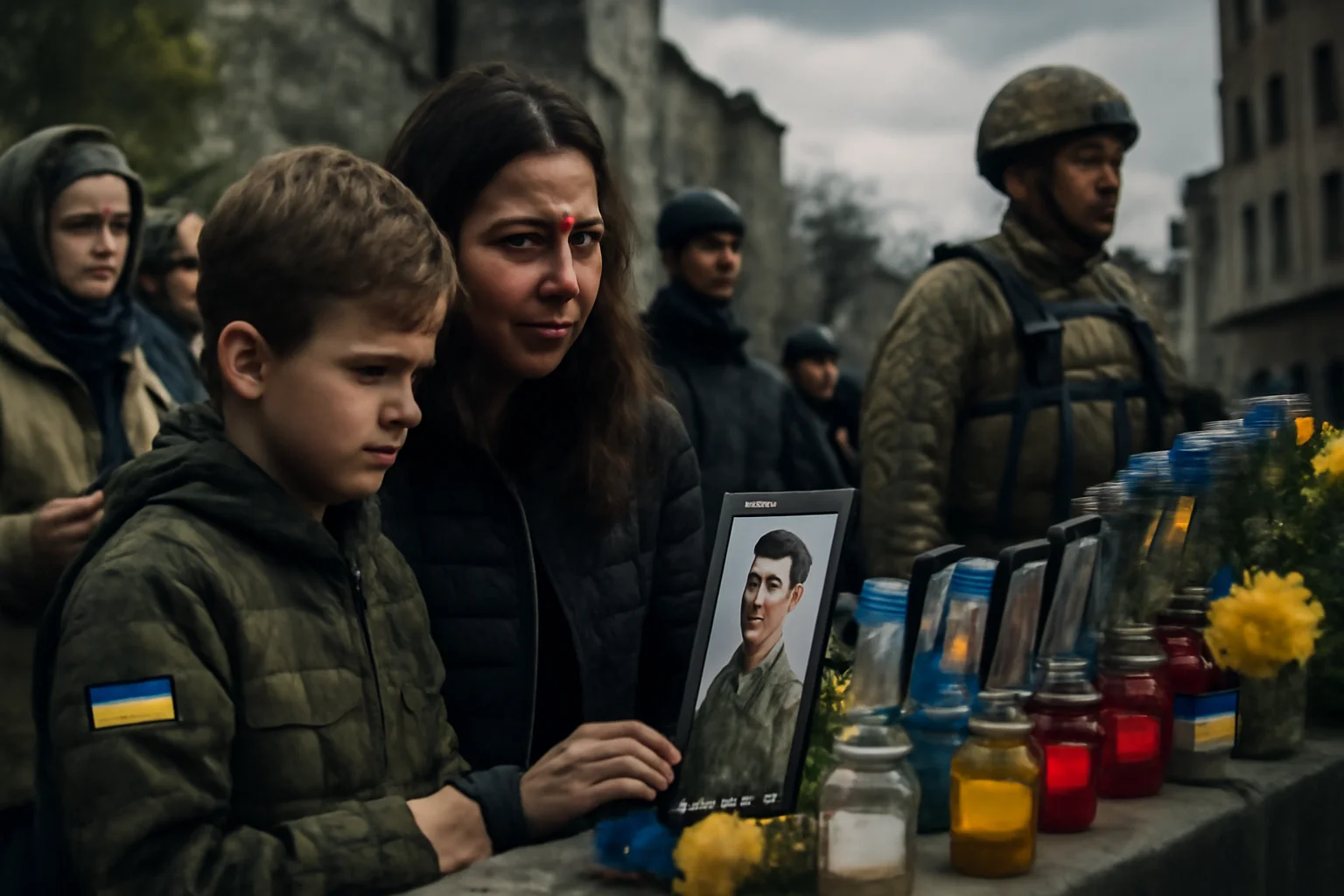
Beyond the grand strategies and diplomatic gambits, the war’s true cost is measured in the lives upended by violence. In Kyiv, families gather around makeshift memorials, gazing at the faces of the fallen—a haunting reminder that every day of delay brings more grief. Mothers search for news of sons on the front, while survivors recount stories of miraculous escapes and devastating loss. Ukrainian soldiers, exhausted but resolute, hold the line even as ammunition runs low and casualties mount. Artem, whose father serves in the army, voices a hope shared by many: that peace might finally come, and loved ones might return home alive. For children, the war is a tapestry of interrupted schooling, shattered neighborhoods, and nights spent in bomb shelters. Doctors and nurses toil in battered hospitals, treating the wounded under relentless threat of renewed attack. Ordinary citizens become heroes, volunteering for defense, relief, and rescue missions in cities under siege. Despite their suffering, Ukrainians cling to the belief that justice and freedom are possible, even in the face of overwhelming odds. International aid, while vital, often feels distant—what matters most is the solidarity of neighbors and the quiet courage of those who refuse to surrender. As diplomats haggle and leaders strategize, it is these lives that hang in the balance, demanding that the world not look away.
Advertisement
9. Global Ripples: A New Era of High-Stakes Diplomacy

Trump’s ultimatum and the West’s renewed resolve have sparked a wave of diplomatic activity across capitals worldwide. China, India, Turkey, and other Russian trading partners now face mounting pressure to choose sides in an increasingly polarized world. The threat of 100% tariffs reverberates through global markets, with analysts warning of shocks to oil prices, supply chains, and fragile economies. In Washington, lawmakers debate whether the administration’s tactics are too bold or not bold enough, as political rivals seek to capitalize on the crisis. Putin, ever the strategist, weighs his options, considering whether to stall, escalate, or finally seek an off-ramp from the conflict. Ukraine’s allies scramble to coordinate, with NATO and EU officials racing to keep pace with events on the ground. Every move is shadowed by uncertainty, as the risk of escalation looms and the possibility of negotiation slips further from reach. The United Nations and humanitarian agencies plead for renewed focus on civilian protection and the urgent need for peace. Yet, as each side digs in, hopes for a swift resolution seem to recede, replaced by a grudging acceptance that this may be a long, grinding contest of wills. For all the talk of new beginnings, the reality is one of old grievances, hard choices, and a world struggling to adapt to a brutal new era. Still, the hope remains that diplomacy, however fraught, may yet break the deadlock before the costs grow even higher.
Advertisement
10. Countdown to Reckoning
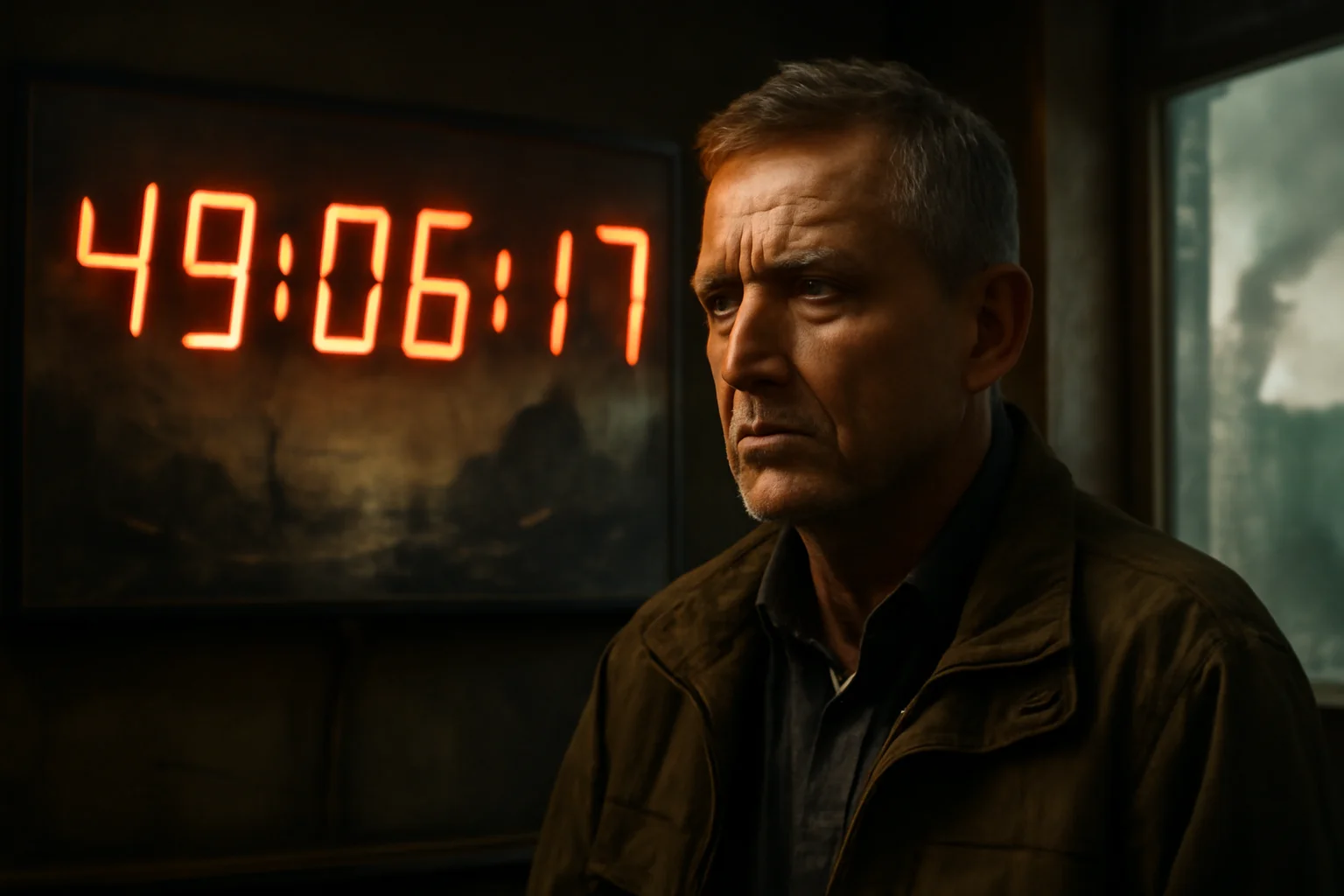
As the 50-day clock ticks down, the world stands at the edge of a dangerous crossroads, with consequences that will echo far beyond Ukraine. Each day without a deal means more death, more displacement, and deeper scars for a nation already stretched to its limits. Ukraine’s government races to implement new strategies and marshal international support, even as Russian forces press their advantage. For President Trump and Western leaders, the challenge is not only to deliver on promises, but to prove that resolve will outlast rhetoric. Putin, watching from Moscow, must decide whether defiance or compromise will serve his interests better as the ultimatum’s deadline draws near. Across Europe, leaders balance the imperatives of solidarity, security, and economic survival, knowing that missteps could fracture their alliance. For ordinary Ukrainians, the stakes are as high as ever—each decision made in distant capitals shapes the reality of life and death on the ground. The summer’s battles are likely to set the tone for what comes next, as both sides brace for either a breakthrough or a deeper descent into chaos. Diplomatic channels remain open, but the signals grow ever more mixed, with hope and fear locked in a delicate balance. As the world watches, the war in Ukraine has become a test of wills, values, and the limits of international order. What happens at the end of Trump’s 50 days will not only determine the fate of Ukraine, but could define a generation’s understanding of war, peace, and the costs of standing on the sidelines.
Advertisement
Advertisement
You May Also Like

Young Democrat Wants to Force Aging Congressmen to Take Cognitive Tests
Is this a good move?

Trump Gets Ratioed on His Own Truth Social After Telling MAGA to Not "Waste Time" on Epstein Files
They were not having it.

